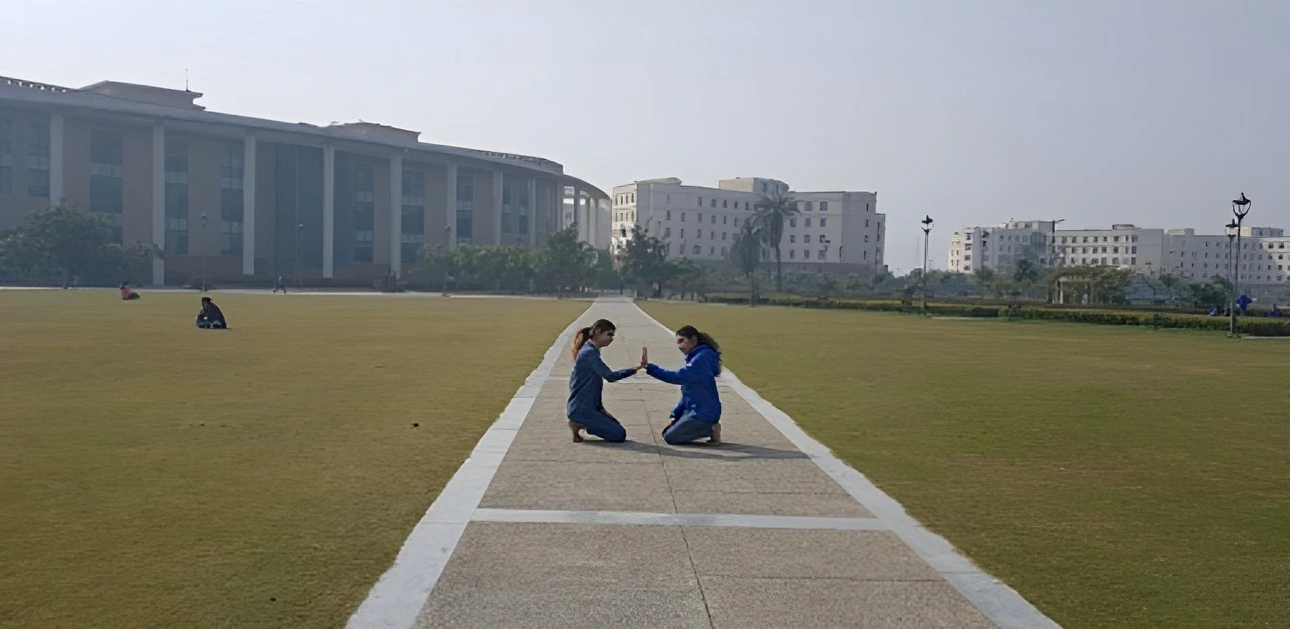Finding new ways to produce maleic anhydride

Editorial / November 20, 2024
Maleic anhydride, a white powder which is ubiquitous in application, is the proverbial pivot that propels industries across the world.
Used in fiberglass-reinforced plastics, automotive parts, and construction materials, its durability and drying properties make it a key ingredient in paints and coatings. Copolymers derived from maleic anhydride are used extensively in automotive and packaging applications, too. Its applications extend from producing agricultural chemicals, lubricant additives, the food industry, pharmaceuticals and water treatment, to name a few.
The sheer versatility of this chemical pegs its global market value at a staggering $4.8 billion, projected to cross $7 billion by 2032. India, making a sprint to self-reliance, spends $127 million, making it the world's largest importer of this chemical.
However, the research spearheaded by Dr. V M Rajesh, Associate Professor, Department of Chemical Engineering, offers a potential path for India to produce this crucial chemical domestically.
Using a novel approach to maximize yield with sustainable techniques utilizing millireactor technology, Dr. Rajesh’s research, in collaboration with Bharat Petroleum’s Corporate Research and Development Centre, also stands as an example of the symbiotic relationship between industry and academia.
Working at the university’s state-of-the-art Microfluidics Laboratory, Dr. Rajesh focuses on optimizing reactor designs for the oxidation of n-butane — a highly exothermic reaction that generates significant heat.
“Currently, this process is conducted in multitubular reactors with vanadium-phosphorus-oxide (VPO) catalysts, but these reactors face challenges such as hot spots (up to 70 K) that reduce selectivity and risk thermal runaway. Our work focuses on designing milli-reactors to better control temperature, enhance productivity, and improve maleic anhydride yield. Scaling up is addressed by parallelizing these reactors, leading to a more efficient and sustainable process with reduced CO2 emissions,” says Dr. Rajesh, an IIT-Delhi alumnus.
Dr. Rajesh addresses the challenges of heat by employing computational fluid dynamics (CFD) simulations using ANSYS to optimize the geometry of a milli-packed bed reactor. This approach helps in enhancing heat transfer efficiency, minimizing temperature gradients, and avoiding localized hot spots to improve reaction selectivity and yield.
“Additionally, we explore the parallelization of millireactors to achieve scalable production rates, catering to industrial demands while ensuring superior thermal management and operational safety,” he says.
The Microfluidics Laboratory, where this research takes place, is equipped with a high-speed imaging system for analyzing multiphase flow dynamics in micro and millireactors. It includes advanced accessories such as CCD cameras, precision fluid flow controllers, and vibration-free stages for accurate experimentation. The lab also features an LED-induced photolysis setup, dedicated equipment for biofuel synthesis, and a CFD lab for conducting advanced simulations, enabling seamless integration of experimental and computational research to drive innovation.
Besides attempting to make self-reliant, Dr. Rajesh’s work is directly related to Sustainable Development Goals (SDG) 9 and SDG 12. “By developing energy-efficient reactor designs for maleic anhydride production, the project promotes industrial innovation and infrastructure improvements, helping to create more sustainable manufacturing processes,” he says.
Optimizing heat management and improving production efficiency also help reduce CO₂ emissions and minimize resource wastage. This research contributes to responsible consumption and production practices, fostering cleaner and more sustainable industrial processes aligned with global environmental goals.
More Blogs

The Hawthornden Literary Retreat bestowed on Dr Sambudha Sen to complete the manuscript of a novel
Professor Sambudha Sen, Head of the Department of English at Shiv Nadar Institution of Eminence, Delhi-NCR, was awarded a residency at the...

The Power of the Moving Body
Movement is an innate bodily action that humans have been exhibiting for the longest time. Long before language was invented, the body was the...

How Does A Multi-Disciplinary Approach To Education Enhance Learning And Prepare Students For A Multi-Faceted World?
In today’s world, where businesses are changing almost every day, it is the responsibility of educational institutes to provide holistic...